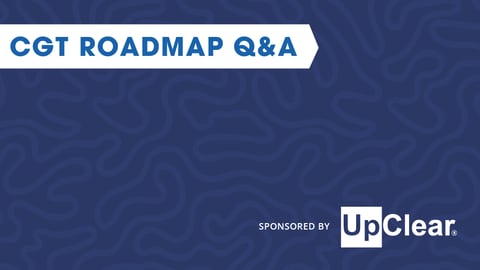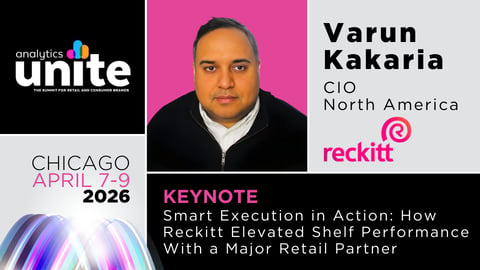Retail Media's Impact on the CPG Marketing Mix
Retail media networks are having a historic year, with projected ad spend growing by $10 million YoY from 2020 to present in the U.S. alone. Even with the delay of cookie deprecation, CPG brands are flocking to these partners to gain access to end-to-end solutions including robust customer data sets, category and competitive insights, and sales attribution. It’s very appealing, especially for CPG marketers who do not have large customer databases.
While it may be tempting to shift budget into these networks, it’s important to keep the customer journey at the heart of your initiatives and understand some of the limitations of these “mini walled gardens.” This will help ensure you’re building a media mix focused on business goals for your stage in brand growth rather than placing all your eggs in one basket.
Here’s how to use retail media in the CPG marketing mix at each stage of your brand’s growth:
Stage 1: Start Up - Low Brand Awareness, Low Budget
If you are a DTC brand, select a brick-and-mortar retailer whose customers are most like your target consumers. This allows quick access to addressable audiences, giving your brand momentum. If you do have a brick-and-mortar presence, start with your strongest retail partner in terms of profit margin and distribution. This will help ensure you are spending your dollars with a customer base that has already begun to notice your products. It will also help identify like-minded consumers and keep existing customers engaged with your brand. Use the remaining dollars to invest in targeted awareness building tactics such as online video, out of home, and social.
Stage 2: Challenger - Medium Brand Awareness, Low Budget
Now that your brand is gaining some traction and awareness, maintain that scrappy mentality as you expand your footprint. Continue investing in the major retailer that has helped get sales off the ground, but also tap into a couple of more niche retailers. When given the right value proposition, these audiences are likely to become brand enthusiasts. This will encourage word of mouth marketing and build a loyalty base to help springboard you into the next stage of brand growth.
Stage 3: Competitive Set - High Brand Awareness, Medium Budget
Now that you are armed with ample historical data, follow the sales. You now have the dollars to invest more broadly across relevant retailers. Take a test-and-learn approach to determine where the true potential lies (i.e., what’s the return on investment per retail network?). That being said, return on investment means you are seeing efficient results. But, it doesn’t mean there is always the scale needed to propel your brand forward. Be cognizant of how to balance efficiency and scale to take your product sales to the next level.
Stage 4: Household Name - High Brand Awareness, High Budget
At the status of a household name, you need to make it feel like your brand is everywhere – in terms of both visibility and accessibility. Have a presence across all relevant retail networks, but optimize budget allocation and tactics based on where you’re seeing the greatest efficiency. Now you can start playing in more expensive reach channels like national TV, macro-influencers, and experiential channels – maybe even a play in the metaverse.
Retail media networks offer CPG brands a lot of value. But it’s important to find the optimal marketing mix with channels that accommodate budgets and achieve your full-funnel goals.
–Elise Stieferman, Director of Marketing & Business Strategy at Coegi




